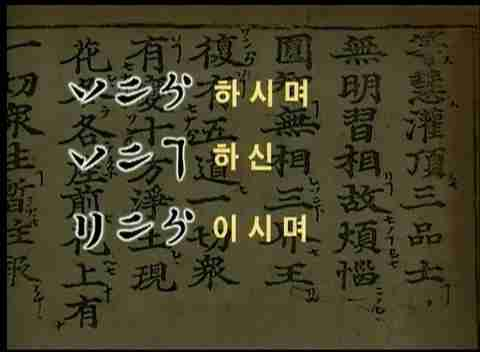는데(1) and 지만 are sometimes very confusing to students because both connective endings(or conjunctions) can express opposite situation from the other clause.
지만 clearly does this function, but 는데 is not limited to this.
Pls find below examples :
이 옷은 비싸지만 예뻐요. (o) (These clothes are expensive but pretty.)
이 옷은 비싼데 예뻐요. (o)
비가 오는데, 우산이 있어요? (o) (It's raining, by the way, do you have an umbrella?)
비가 오지만, 우산이 있어요? (x)
비가 오는데 밖에 나가지 마세요. (o) (It's raining, so don't go outside.)
비가 오지만 밖에 나가지 마세요. (x) (It's raining, but don't go outside???)
"는데" is used to describe a situation to make the other clause makes sense, which includes opposition, time, reason, or condition. As most of the students learn "는데" as limited meaning(opposition), which is relatively easy to learn, they could experience difficulties to make sentences.
"지만" is more strongly used in the opposite situation than "는데" is.
Some Koreans make similar mistakes like "눈이 내렸는데 우산을 쓰지 않았다".
It's not definitely wrong sentence, but "눈이 내렸지만 우산을 쓰지 않았다" is better in this case.






nikka.jpg)